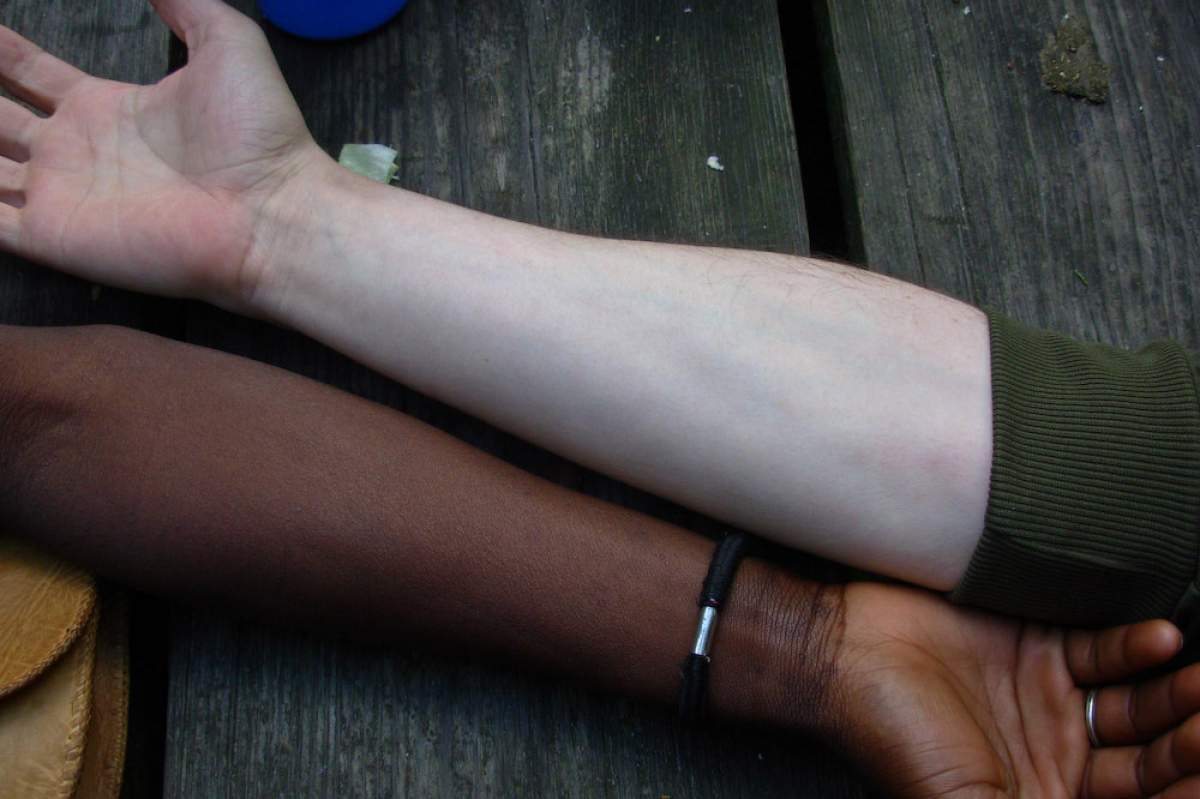
Researchers now know exactly why it takes older skin longer to heal. This disparity between young and older skin healing faster was officially recorded during World War I when medical technicians and scientists noticed the disparity between recovery times for younger and older soldiers with flesh wounds.
When You Have A Cut
When peoples' skin gets injured, the process of wound healing requires communication between the skin cells and the immune cells nearby. There are also many other factors such as signaling systems and different molecular paths to navigate.
In youthful skin for someone with average, good health, this process happens fairly quickly, but researchers have found that in older bodies, the communication between skin and immune cells is disrupted.
The skin cells produce a protein that tells the immune cells to stay where they are and help fill in the gap. Without that communication and help, the skin cells move much more slowly to do what they need to do.
It might be possible to reverse the process, though. In experiments with mice, researchers found that adding a protein that immune cells produce after injury makes skin cells migrate to fill a wound more quickly.
Sources And Further Reading:
- Rockefeller University. "Why wounds heal more slowly with age." ScienceDaily. (accessed February 23, 2017)
- Brice E. Keyes, Siqi Liu, Amma Asare, Shruti Naik, John Levorse, Lisa Polak, Catherine P. Lu, Maria Nikolova, Hilda Amalia Pasolli, Elaine Fuchs. Impaired Epidermal to Dendritic T Cell Signaling Slows Wound Repair in Aged Skin. Cell, 2016; 167 (5): 1323 DOI: 10.1016/j.cell.2016.10.052
- Thank you to Feng Zhao, Biomedical Engineering, of Michigan Tech for consulting on this script.









